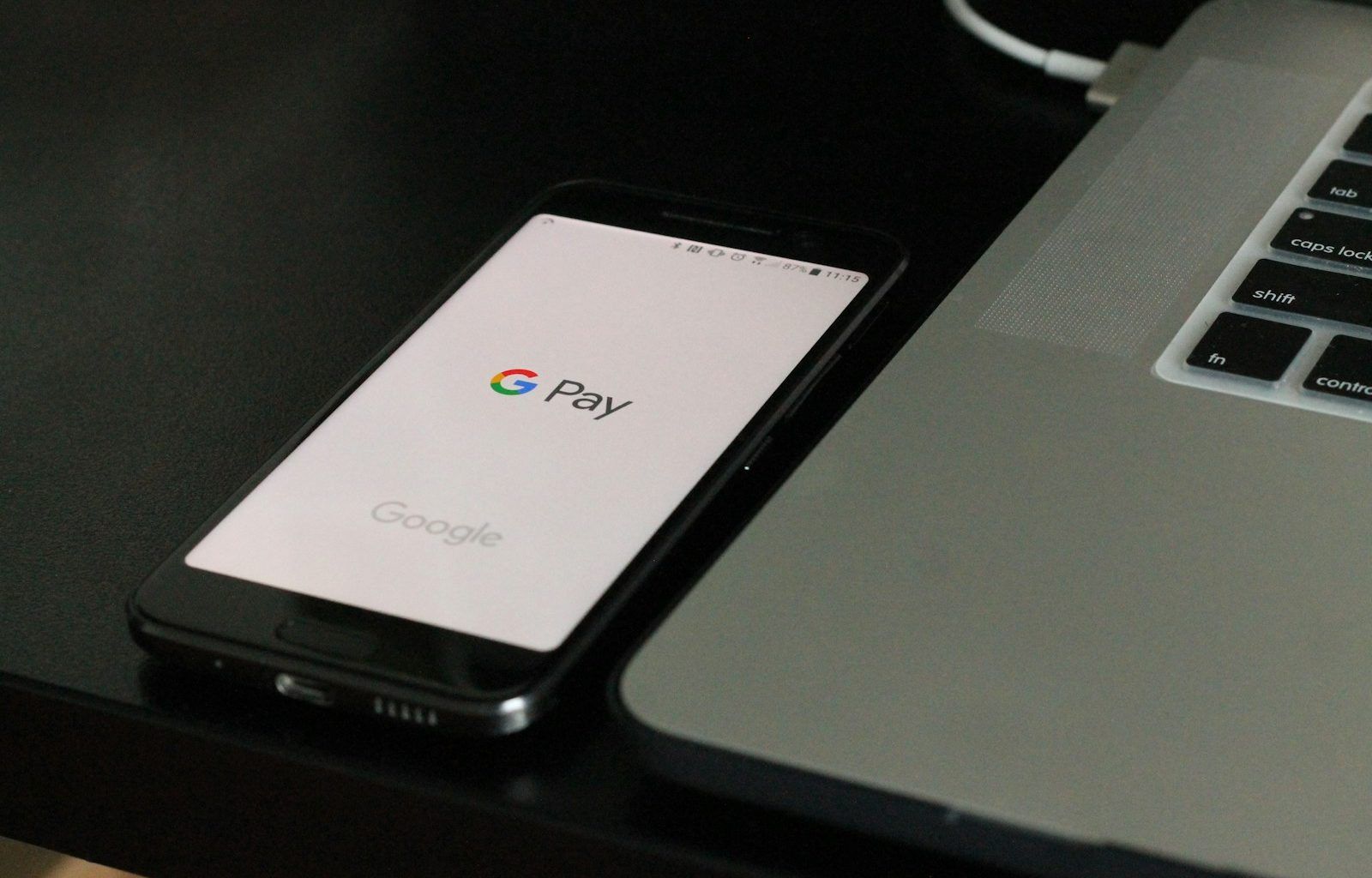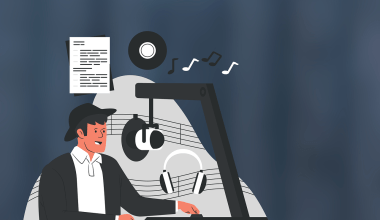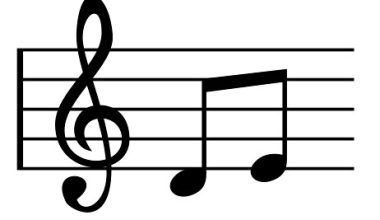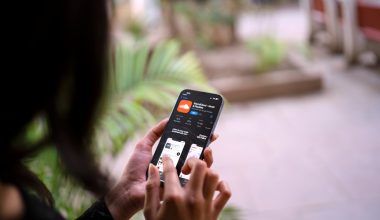If you’re an artist or a curious music fan, you’ve probably wondered, “Does Spotify pay artists?” This question sparks debates about fairness in the music industry. Spotify, with its massive user base, has transformed how we listen to music—but what about the people behind the tunes? How are they compensated?
In this blog, we’ll break it all down. We’ll discuss how Spotify pays artists, the factors that impact earnings, and what changes could help musicians make a better living.
Understanding How Spotify Works
Before diving into payments, let’s understand Spotify’s business model. Spotify operates on two revenue streams: free, ad-supported users and premium subscribers. Both generate revenue, but how much trickles down to artists?
Spotify doesn’t sell music like traditional record stores did. Instead, it licenses music from record labels, aggregators, and independent artists. The money earned is then split across a vast network of rights holders.
Does Spotify Pay Artists Directly?
The short answer is no. Spotify does not pay artists directly. Payments go to rights holders, such as record labels, publishers, or distributors, who then pay the artists. This structure can lead to significant deductions before artists see their share.
Artists often feel they’re left with crumbs after everyone else takes their cut. But why is that?
How Spotify Calculates Royalties
Spotify uses a pro-rata system to distribute royalties. Here’s how it works:
- Total Revenue Pool: Spotify gathers all the money earned from subscriptions and ads.
- Streams Percentage: Each song’s share of total streams is calculated.
- Royalty Pool Split: This percentage determines how much of the total revenue is allocated to a particular song.
If your song represents 0.01% of all streams, you’ll get 0.01% of the royalty pool. Sounds simple, right? Not quite.
Spotify’s Payment System: A Closer Look
Many factors affect what an artist earns:
- Region: Where the song is streamed matters. Premium users in high-income countries generate more revenue.
- Subscription Type: Streams from premium accounts pay more than those from free accounts.
- Middlemen: Record labels, distributors, and publishers often take a cut.
For independent artists, the process might be simpler, but it’s still far from transparent.
Why Artists Often Earn Less Than Expected
Spotify has long faced criticism for low payouts. The average per-stream payout is around $0.003 to $0.005. To earn $1, an artist needs roughly 250 streams. For $1,000? Over 200,000 streams!
This model is particularly hard on smaller artists who don’t have millions of streams. Why doesn’t Spotify pay more?
The Role of Record Labels in Spotify Payments
Record labels play a crucial role in the payout process. Major labels negotiate blanket licensing deals with Spotify, securing a share of the revenue. However, artists signed to these labels may receive only a small fraction of these earnings.
For example, if an artist’s contract allocates 15% of royalties to them, they’re left with even less after Spotify’s payments are split.
Independent Artists on Spotify: A Different Story
Independent artists bypass traditional labels and use distributors like DistroKid or TuneCore to upload music directly to Spotify. These platforms often take a flat fee or small percentage, leaving more for the artist.
Still, the challenge remains: getting enough streams to make a significant income.
Spotify vs. Other Streaming Platforms: Who Pays Better?
Spotify isn’t the only streaming platform in town. Apple Music, Tidal, and YouTube Music also pay artists, but the rates vary. Tidal, for example, has higher per-stream payouts than Spotify, but it has a smaller user base.
Real-Life Examples: How Much Do Artists Make on Spotify?
Take Taylor Swift, for instance. With billions of streams, she earns millions—but for every Taylor Swift, thousands of smaller artists struggle to make even $100.
Independent artist Ari Herstand reported earning around $4,000 for one million streams. For many, this isn’t enough to sustain a full-time music career.
How Artists Can Maximize Their Earnings on Spotify
Artists can boost their income by:
- Focusing on Playlists: Getting featured on popular playlists can skyrocket streams.
- Building a Fanbase: Engaging directly with fans can lead to more streams and merch sales.
- Exploring Other Revenue Streams: Think live performances, crowdfunding, or selling exclusive content.
The Future of Spotify Payments: What’s Next for Artists?
The debate over Spotify’s payment system continues. Some propose a user-centric model, where each listener’s subscription fee is divided among the artists they listen to. Others call for better transparency and fairer splits.
Will Spotify change its approach? Only time will tell.
Conclusion
So, does Spotify pay artists? Yes, but not as much as many would hope. The current system heavily favors those with massive followings and robust label support. Independent artists and smaller creators face significant challenges in earning a sustainable income.
Still, Spotify has provided opportunities for exposure and reach like never before. With the right strategies and persistence, artists can make the most of what the platform offers—while continuing to push for change in the industry.
For further reading, explore these related articles:
- Exploring the Magic of Recently Released Songs: A Playlist for Every Mood
- Ultra Music: A Journey Through Soundscapes
For additional resources on music marketing and distribution, visit DMT Records Private Limited.






